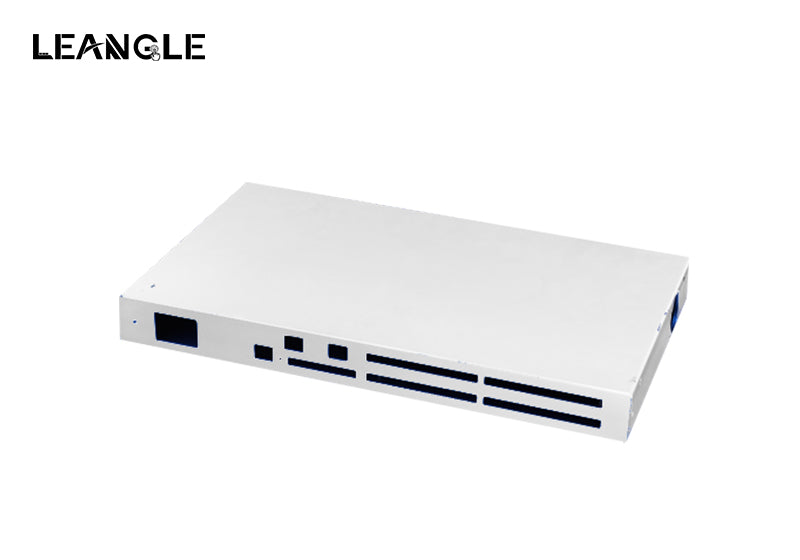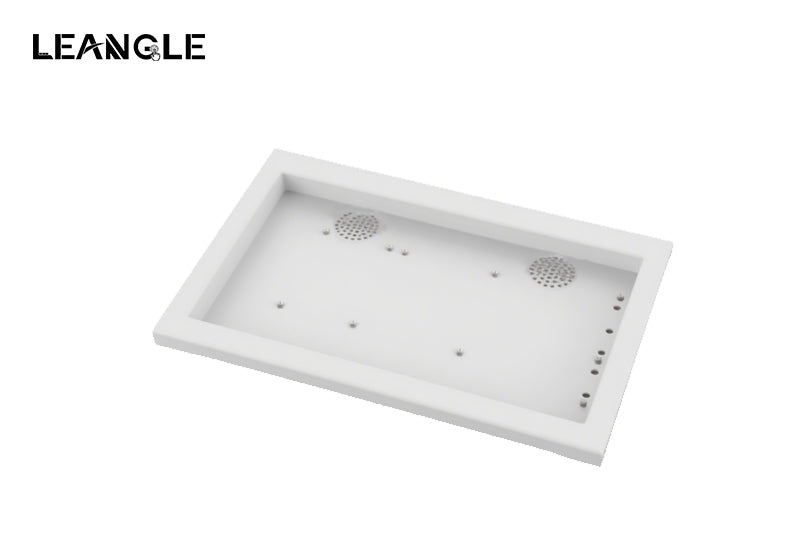Comprehensive Guide to Aluminum Enclosures for Industrial Applications
In the realm of electronic device manufacturing, chassis selection critically impacts performance, durability, and operational efficiency. Aluminum enclosures have emerged as a premium choice for industrial control systems, digital signage, and specialized equipment. This professional analysis examines the key benefits and limitations of aluminum chassis to inform your procurement decisions.
Key Advantages of Aluminum Chassis
1. Superior Thermal Management
-
High Thermal Conductivity (205 W/mK) outperforms steel (50 W/mK) and plastic (0.2 W/mK)
-
Passive Cooling Efficiency reduces reliance on noisy fans in enclosed environments
-
Ideal for High-Performance Applications: Digital signage media players, industrial PCs, and power electronics
2. Exceptional Environmental Resistance
-
Natural Oxide Layer provides corrosion protection in humid conditions (85% RH tested)
-
Salt Spray Test Performance: 500+ hours without significant degradation
-
UV-Resistant Options available for outdoor installations
3. Optimal Strength-to-Weight Ratio
-
30-40% Lighter than equivalent steel enclosures
-
Structural Rigidity maintains dimensional stability under vibration (tested to IEC 60068-2-6)
-
Reduced Shipping Costs for large-scale deployments
4. Professional Aesthetic Qualities
-
Modern Anodized Finishes in multiple colors (RAL codes available)
-
Laser Etching Compatibility for permanent branding
-
Seamless Integration with architectural elements
Considerations and Limitations
1. Cost Premium
-
Material Costs: 2-3× higher than powder-coated steel
-
Machining Expenses: Complex fabrication requires specialized tooling
-
ROI Justification: Best suited for high-value equipment where performance justifies cost
2. Surface Durability Factors
-
Anodized Hardness: 60-70 Rockwell B vs. 80+ for steel
-
Impact Resistance: May show dents from >5J impacts (mitigated with 3mm+ wall thickness)
-
Maintenance Protocols: Require non-abrasive cleaning methods
3. Electrical Considerations
-
EMI Shielding Limitations: Typically requires conductive gasketing (unlike steel)
-
Grounding Requirements: Careful design needed for high-frequency applications
Technical Comparison: Aluminum vs Alternative Materials
| Parameter | Aluminum Chassis | Steel Chassis | Polymer Chassis |
|---|---|---|---|
| Thermal Conductivity | 205 W/mK | 50 W/mK | 0.2 W/mK |
| Weight (20" enclosure) | 3.2 kg | 5.8 kg | 1.5 kg |
| Corrosion Resistance | Excellent (anodized) | Good (coated) | Varies |
| Cost Index | 100% | 40-60% | 20-40% |
| EMI Protection | Moderate | Excellent | Poor |
Industry-Specific Recommendations
Best Applications for Aluminum Chassis
-
Digital Signage Enclosures: Where heat dissipation impacts LED lifespan
-
Medical Equipment: Combines cleanability with EMI performance
-
Transportation Systems: Weight-sensitive mobile installations
-
Premium Retail Displays: High-end visual presentation requirements
When to Consider Alternatives
-
Budget-Constrained Projects: Steel offers better cost efficiency
-
High-Impact Environments: Thick-gauge steel preferable
-
Extreme EMI Conditions: Specialized shielded steel required
Optimizing Aluminum Chassis Performance
-
Specify 5052 or 6061 Alloys for optimal strength/weldability
-
Request MIL-A-8625 Type III Hard Anodizing for maximum surface durability
-
Incorporate Thermal Pads for critical component heat transfer
-
Utilize Extruded Designs to reduce machining costs
Conclusion: Making the Right Material Choice
Aluminum chassis represent the premium tier of enclosure solutions, offering unparalleled thermal performance and professional aesthetics. While the 20-40% cost premium over steel requires justification, the long-term benefits in equipment reliability and maintenance reduction often prove worthwhile for demanding applications.
For projects where heat management, weight reduction, or corrosion resistance are paramount, aluminum emerges as the clear technical choice. Our engineering team can help evaluate your specific requirements to determine whether aluminum, steel, or composite solutions best meet your operational and budgetary needs.
Contact our materials specialists today for a customized enclosure recommendation based on your application parameters.



